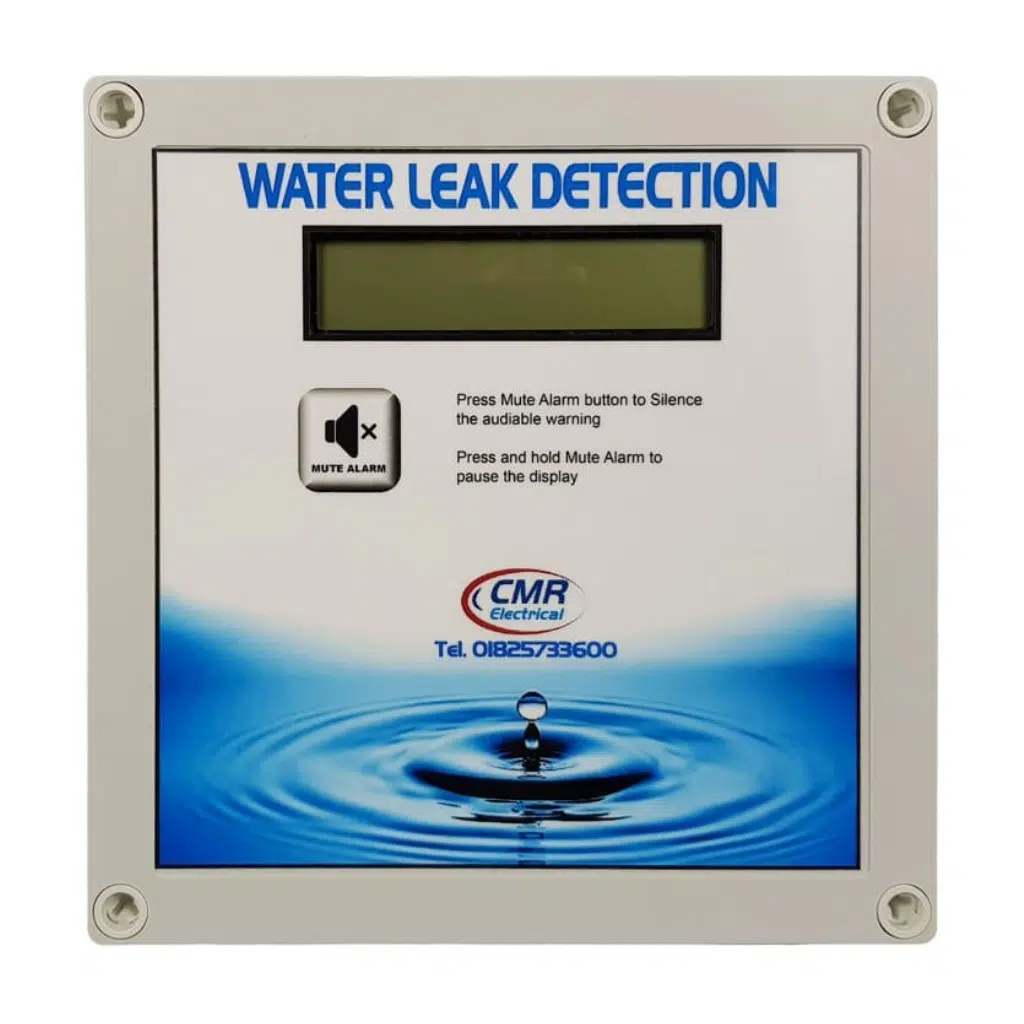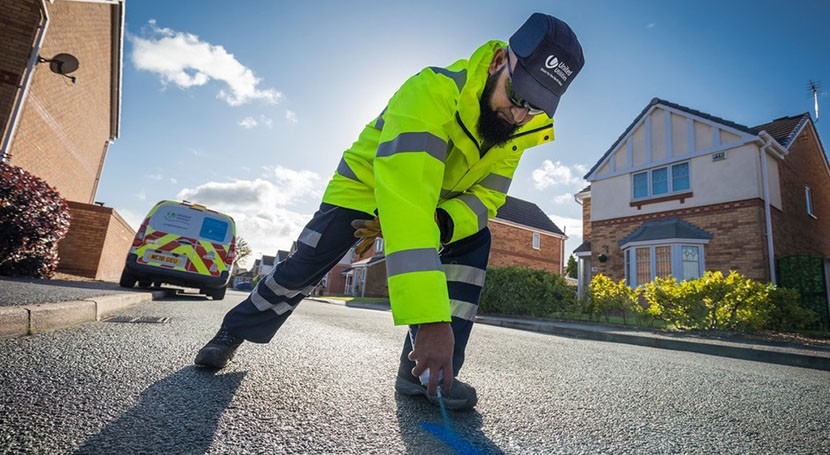The Relevance of Normal Water Leak Detection for Long-Term Home Defense
The Relevance of Normal Water Leak Detection for Long-Term Home Defense
Blog Article
Innovative Solutions for Very Early Discovery of Water Leakages in Structures and Facilities
As the stability of structures and framework is paramount, the difficulty of very early discovery of water leakages has stimulated ingenious options that guarantee to transform the way we protect against potential damages. From innovative leakage detection innovations to the deployment of IoT sensing units for real-time surveillance, the landscape of leak avoidance is developing swiftly. Machine understanding algorithms supply a glance right into the future of leakage forecast, while thermal imaging provides a non-intrusive approach for identifying covert leaks. Automated water flow evaluation systems are reshaping just how leakages are recognized and addressed, paving the way for a positive method to water leakage discovery. Each of these remedies holds the essential to guaranteeing the integrity and long life of our developed setting, prompting a shift in the direction of a more sustainable and efficient future.
Advanced Leakage Detection Technologies
Advanced leakage discovery modern technologies, furnished with sophisticated sensing units and algorithms, play an essential role in swiftly identifying and determining water leakages in numerous settings. These technologies use a combination of acoustic, thermal, and electro-magnetic sensing approaches to find leaks properly. Acoustic sensing units find the noise of running away water, enabling exact localization of the leak source. Thermal imaging spots temperature level modifications triggered by water leakage, supplying another effective method for leakage identification. Electromagnetic sensors can recognize modifications in magnetic fields brought on by water, providing yet one more layer of leak detection capacity.

IoT Sensors for Real-Time Surveillance
In the world of contemporary water leak discovery, the assimilation of IoT sensors for real-time surveillance represents a critical improvement in boosting aggressive leak detection abilities. These sensors supply constant tracking of water systems, giving real-time data on water circulation rates, pressure variants, and temperature modifications. By leveraging IoT innovation, these sensors can find even the tiniest abnormalities in water usage patterns, enabling very early identification of potential leaks prior to they escalate right into major concerns.
IoT sensors transfer data to a centralized platform, where sophisticated formulas evaluate the information and generate informs or notifications when irregularities are spotted. This real-time surveillance capability allows residential property proprietors or center supervisors to promptly attend to leaks, lessening water damage, decreasing fixing expenses, and saving water sources.
In addition, IoT sensing units can be integrated with structure administration systems, permitting for automatic reactions to discovered leaks, such as shutting off water shutoffs or turning on pumps to alleviate the influence of leaks. In general, the implementation of IoT sensing units for real-time tracking dramatically improves the efficiency and efficiency of water leakage detection in buildings and infrastructure.
Maker Learning Algorithms for Leak Prediction

One key benefit of using artificial intelligence for leakage forecast is its ability to continually discover and boost its accuracy gradually. As more data is collected and fed into the algorithm, it can refine its forecasts and adjust to transforming problems, inevitably enhancing the dependability of leakage discovery systems.
Moreover, artificial intelligence algorithms can aid in determining refined indications of leakages that may go unnoticed by typical monitoring techniques. water leak detection. By examining complex data embed in real-time, these formulas can provide early cautions and notifies, enabling prompt treatment and preventive maintenance to mitigate prospective water damages and associated expenses
Making Use Of Thermal Imaging for Leak Discovery
Thermal imaging technology uses a promising approach for identifying water leaks in numerous systems and frameworks. By using infrared radiation and temperature variations, thermal imaging electronic cameras can identify concealed leakages that are not conveniently visible to the naked eye. When water gets away from pipelines or frameworks, it frequently alters the temperature level of the bordering area, producing temperature level differentials that thermal electronic cameras can capture. These temperature abnormalities are after that converted right into visible pictures, highlighting the exact place of the leakage.
Among the crucial benefits index of thermal imaging for leakage discovery is its non-intrusive nature. Unlike traditional methods that may require burglarizing walls or floors to locate leaks, thermal imaging enables non-destructive screening. This not just conserves time and lowers expenses however also minimizes disruption to the building or facilities being examined. Additionally, thermal imaging can quickly scan huge locations, giving a thorough review of possible leakage resources in a prompt way. On the whole, the usage of thermal imaging modern technology improves the effectiveness and accuracy of water leak detection, making it a valuable tool for keeping the honesty of structures and facilities.
Automated Water Circulation Evaluation Solutions
How can computerized water flow evaluation systems transform the discovery and administration of leakages in different systems and frameworks? Automated water flow evaluation systems provide an aggressive method to leakage detection by continuously keeping track of water circulation rates and patterns. By establishing standard information, these systems can quickly identify deviations that may indicate a leak, allowing punctual intervention to stop comprehensive damages.
These systems utilize advanced formulas to evaluate real-time data and offer prompt notifies when anomalies are found, enabling quick action to be taken. In addition, automated water flow analysis systems can be incorporated with structure management systems or IoT platforms, improving general performance and enabling remote monitoring abilities.
Furthermore, the data collected by these systems can be used for predictive maintenance purposes, helping to recognize possible weak points in the facilities before leaks take place. On the whole, the execution of computerized water circulation analysis systems can substantially enhance leak detection and monitoring techniques, eventually causing cost savings, lowered water wastefulness, and boosted sustainability in buildings and infrastructure.

Final Thought
Finally, the assimilation explanation of innovative leakage detection technologies, IoT sensors, device discovering formulas, thermal imaging, and computerized water flow analysis systems provides ingenious remedies for very early discovery of water leakages in structures and infrastructure. These technologies make it possible for real-time monitoring, prediction Get the facts of leaks, and effective discovery approaches to stop water damages and wastage. Carrying out these options can assist in preserving the stability and sustainability of water systems in various settings.
Report this page